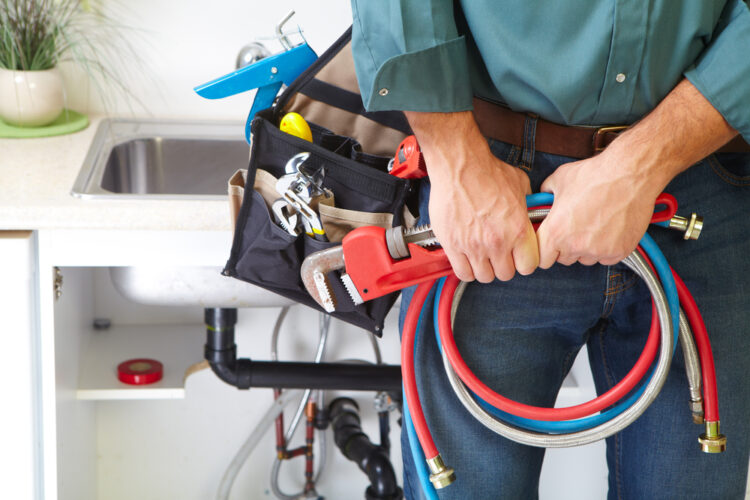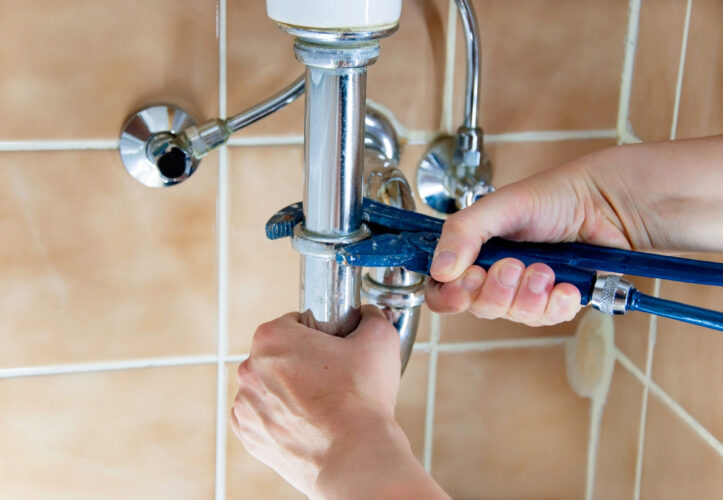A drain pipe is a must for a sink. But often, the drain pipe is installed too high. This can create a lot of problems. On top of that, most people don’t know what to do about it.
Don’t worry, we’ve come with the solutions for you!
What to do if your drain pipe is too high for a sink?
In this circumstance, you have three options. Firstly, you can build a reverse P-trap. Secondly, you can also consider a grease trap to build. You can also try installing a HepvO waterless valve.
This is not adequate information to grasp the gist. We’ve provided the details in our article.
Keep reading if you want to know the details!
What Happens If The Drain Pipe Is Too High for The Sink
A drain pipe that is too high may be a reason for a number of issues. The most obvious issue is the slow drainage. The drain would become sluggish as well.
The water and waste products would take really long to pass through the drain pipe. As a result, the lines can get clogged at times. In that case, you need to unclog the pipes.
Don’t worry about clogging it. Because you can do it just like you unclog the toilet at times.
Sometimes, the waste can also get back into the sink, making it filthy. This is quite problematic.
Drain Pipe Too High For Sink: 3 Different Ways To Fix This!

You’ve come up with a brief of the solutions already. But you can’t implement the solutions if you don’t know them in detail.
You can fix the issue in 3 different ways that are quite simple. The solutions are provided below in detail-
Solution 1: Build A Reversing P-Trap
The first solution you can think of is the reversing P-trap. It might sound random but it actually works. You can also use the alternatives of the P-traps if you don’t have them.
You must contact a professional for the installation. And it might cost a little more than the average cost of installing a general P-trap.

The P-trap will hold all the dirt and debris of the sink that the drain pipe would’ve held otherwise.
This solution can be quite helpful. Because a reversing P-trap can take out the waste product properly.
Solution 2: Grease Trap
If your drain pipe is too high, you may consider building a grease trap. Yes, you read it right! It might sound incompatible but it can actually be helpful. Grease traps remove grease from wastewater. Not only that but it can also remove the waste from the sink.
Grease does not get into the system and causes it to clog. In industrial contexts, the most typical traps are building traps and interceptor traps. For example, drum traps and bell traps are no longer used.
Because they aren’t self-scouring. The traps come in different shapes and sizes. But make sure to use a legal alternative.
Not sure which grease trap would be the best for you here? Well, no worries! Because we’ve got a couple of suggestions below-
| Product 1 | |
| Product 2 |
These are the products that can be quite useful for your sink!
This solution is quite helpful. Because a grease trap can take out the sticky waste products from your sink.
Solution 3: HepvO Waterless Valve
You’ll need to use something different if you don’t have a P-trap. You don’t want your sink to have an unpleasant odor. In this case, the HepvO valve can be used. The RV industry had new ideas. It can be installed horizontally and shut off the air.
This would make you spend as much as a main water shut-off valve cost. This is very suitable for narrow spaces, such as the space under the shower. You can place it under the building because it is smaller and smaller than the P-trap. Freezing or other sorts of injury are unaffected.
These are the options to consider if your sink drain is too high. You can follow another permanent repair even if you’ve come up with the solutions! That is, you can simply think about repairing the drain line.
To be accurate, you can just reduce the drain pipe’s height to correct it. If this is the case, you should take assistance for professional advice. And you’d have to spend a lot of money to amend it.
This solution can be helpful as it is quite modern with its utilities.
FAQs
Question: Does the drainpipe have to be higher than the P-trap?
Answer: The P-trap is connected to the drainage system directly. You then maneuver the P-traps into the existing drain. The P-trap should not be installed below the outflow drain. Because gravity has to force the water out rather than allowing it to flow naturally downwards. Therefore, you do not necessarily need to install the drain pipe higher than the p-type siphon.
Question: Is the sink required to be sloped?
Answer: Drains must flow downhill into your sewer, as you are surely aware. Any drain line should have a slope of 14 inches per foot of pipe. In other words, the pipe should decrease by 14 inches vertically. This is applicable for every foot it goes horizontally. Many drains have an insufficient or excessive slope.
Question: How can I figure out what a drain’s slope is?
Answer: From stake to stake, measure the length of your string. Then go around the corner to the nearest foot. Assume you’re 13.8 feet tall. Then you increase the height to 14 feet. Now multiply the result by eight. This will tell you how much deeper one end of the pipe needs to be to produce a 1/8″ per foot slope. When you split 14 by 8, you get 1.75 inches or 1-3/4 inches.
The Final Words
Now, you know what to do if the drain pipe is too high for the sink!
We hope it was a helpful read to gather enough knowledge about the issue.
Wishing you the best with your home improvement tasks!